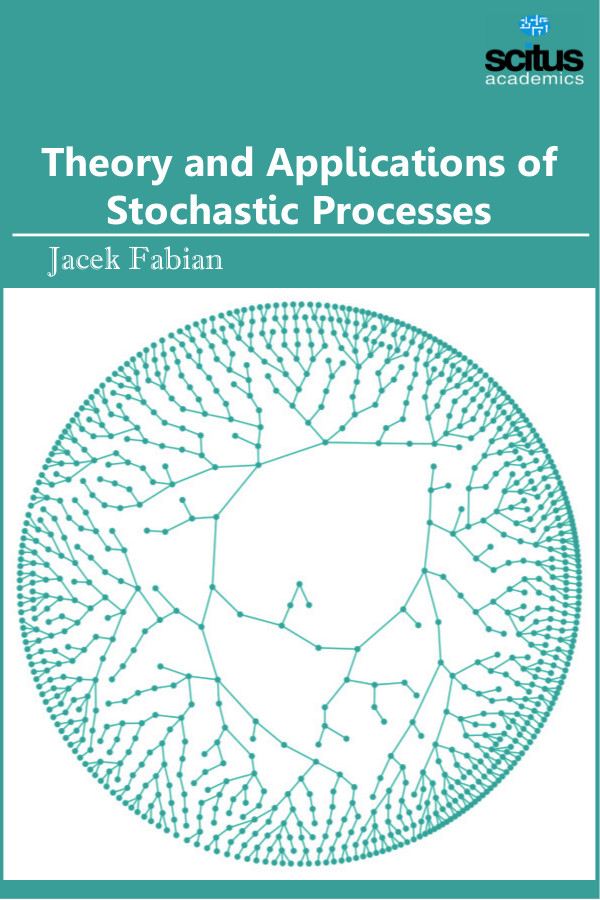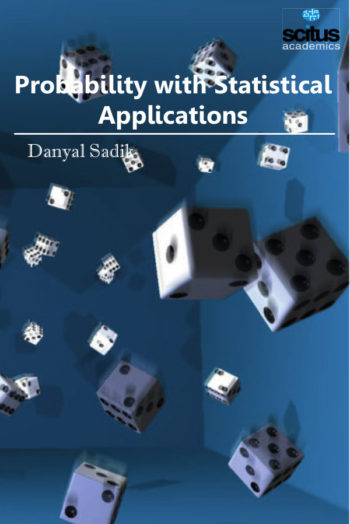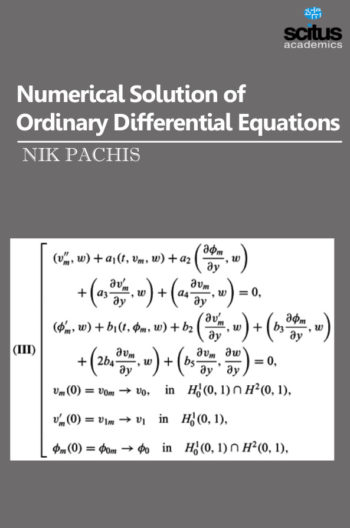Everyday we encounter signals which cannot be modeled exactly by an analytic expression or in a deterministic way. Examples of such signals are ordinary speech waveforms, seismological signals, biological signals, temperature histories, communication signals etc. In manufacturing domain no machine is totally reliable. Every machine fails at some random time. Thus in a typical manufacturing system which involves a large number of machines, the total number of machines at any time cannot be determined in a deterministic way. In a market driven economy, the stock market is volatile, the interest rates fluctuate in a random fashion. One can give any number of examples from our daily life events where uncertainty prevails in an essential way. This gives us the realization that many real life phenomena require the analysis of a system in a probabilistic setting rather than in a deterministic setting. Thus stochastic models are becoming increasingly important for understanding or making performance evaluation of complex systems in a broad spectrum of fields. A stochastic process is simply a collection of random variables indexed by time. Stochastic Analysis deals with models which involve uncertainties or randomness. Uncertainty, complexity and dynamism have been continuing challenges to our understanding and control of our physical environment.
Theory and Applications of Stochastic Processes presents an analytical approach to stochastic processes. Its aim is to make probability theory readily accessible to scientists trained in the traditional methods of applied mathematics, such as integral, ordinary, and partial differential equations and in asymptotic methods, rather than in probability and measure theory. It will appeal to advanced graduate students, researchers and practitioners in mathematics, physics and engineering.
Stochastic processes have played a significant role in various engineering disciplines like power systems, robotics, automotive technology, signal processing, manufacturing systems, semiconductor manufacturing, communication networks, wireless networks etc. To realize the above goal of building prosthetic limbs, one tool which plays a critical role is the theory of stochastic processes.













